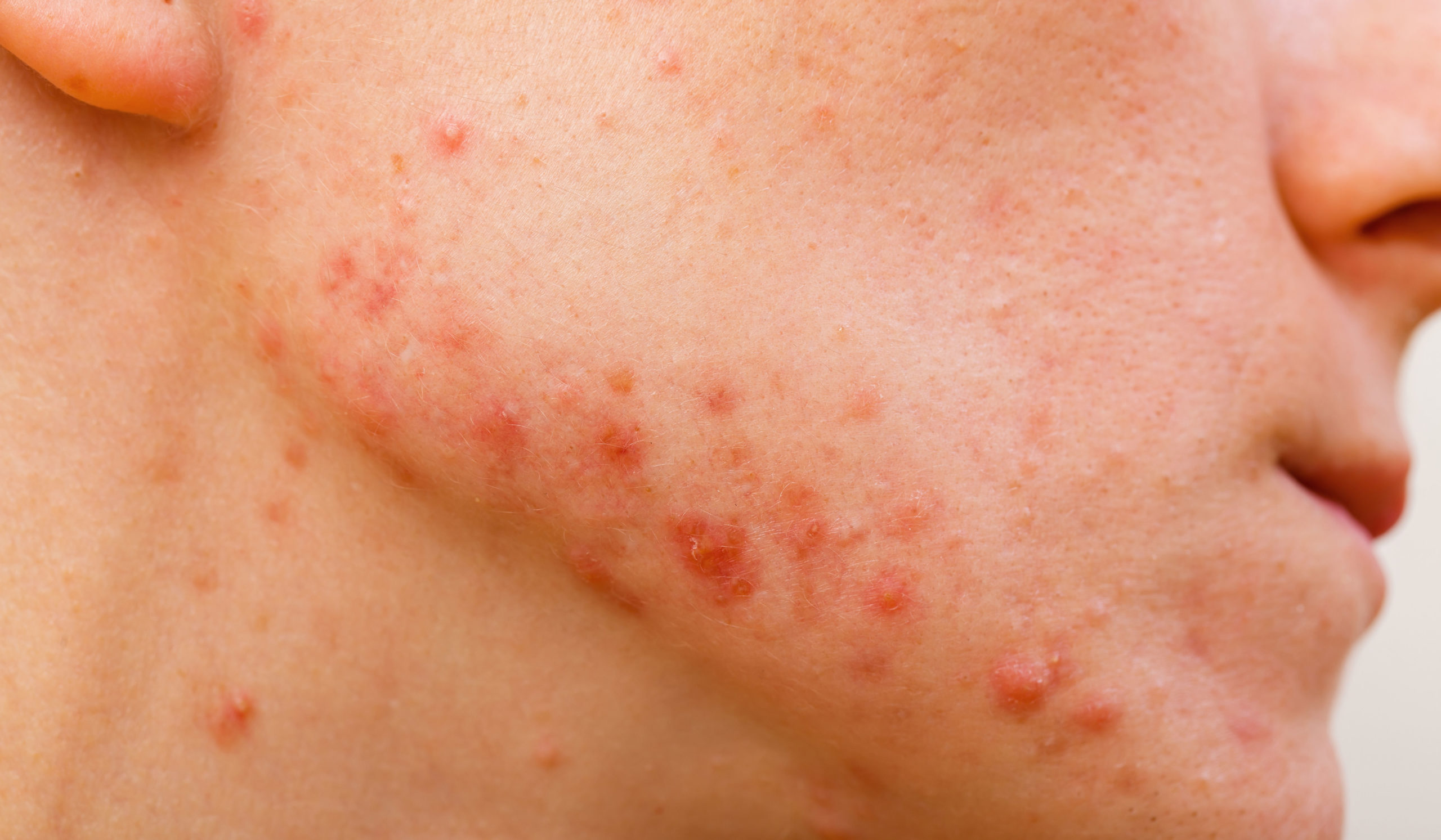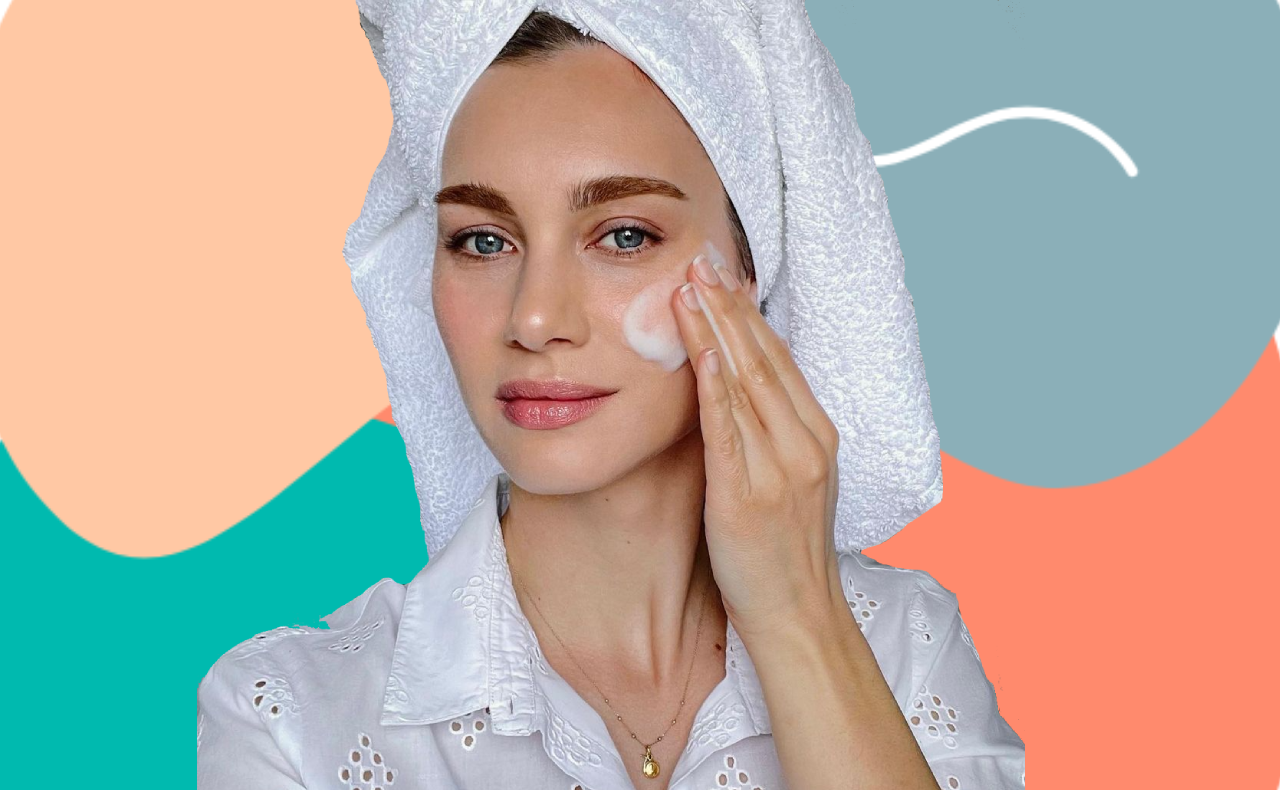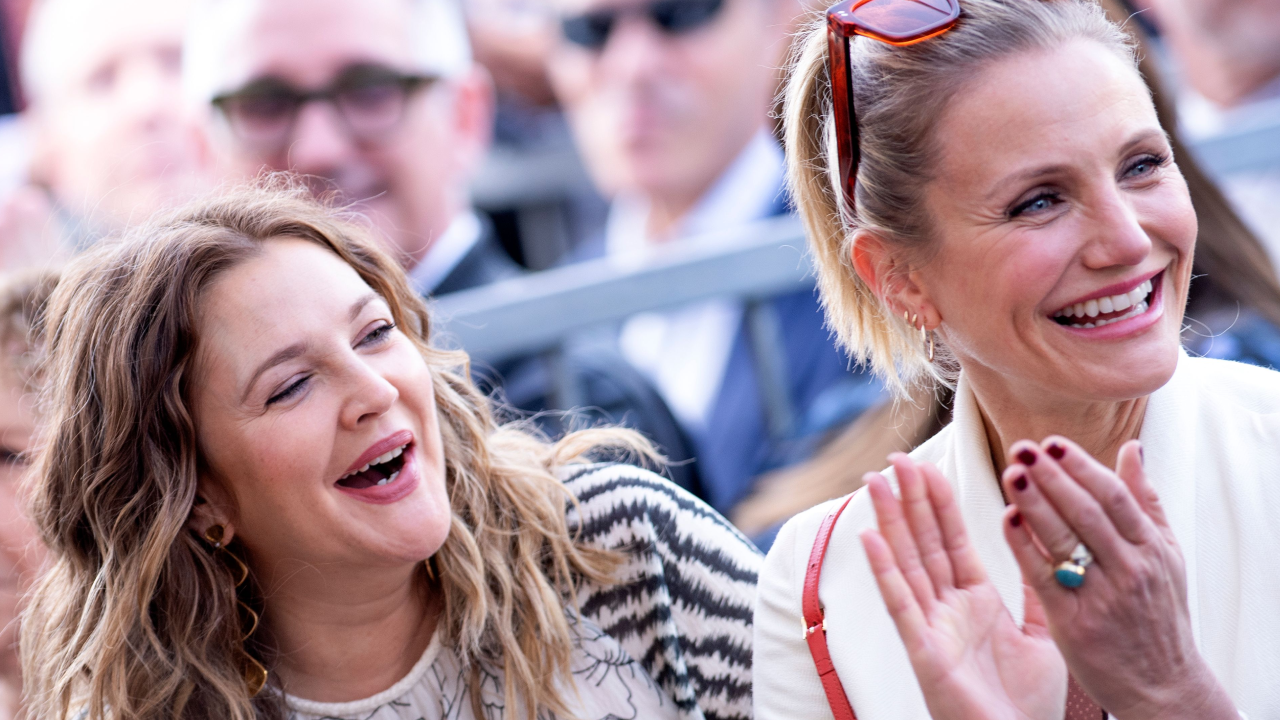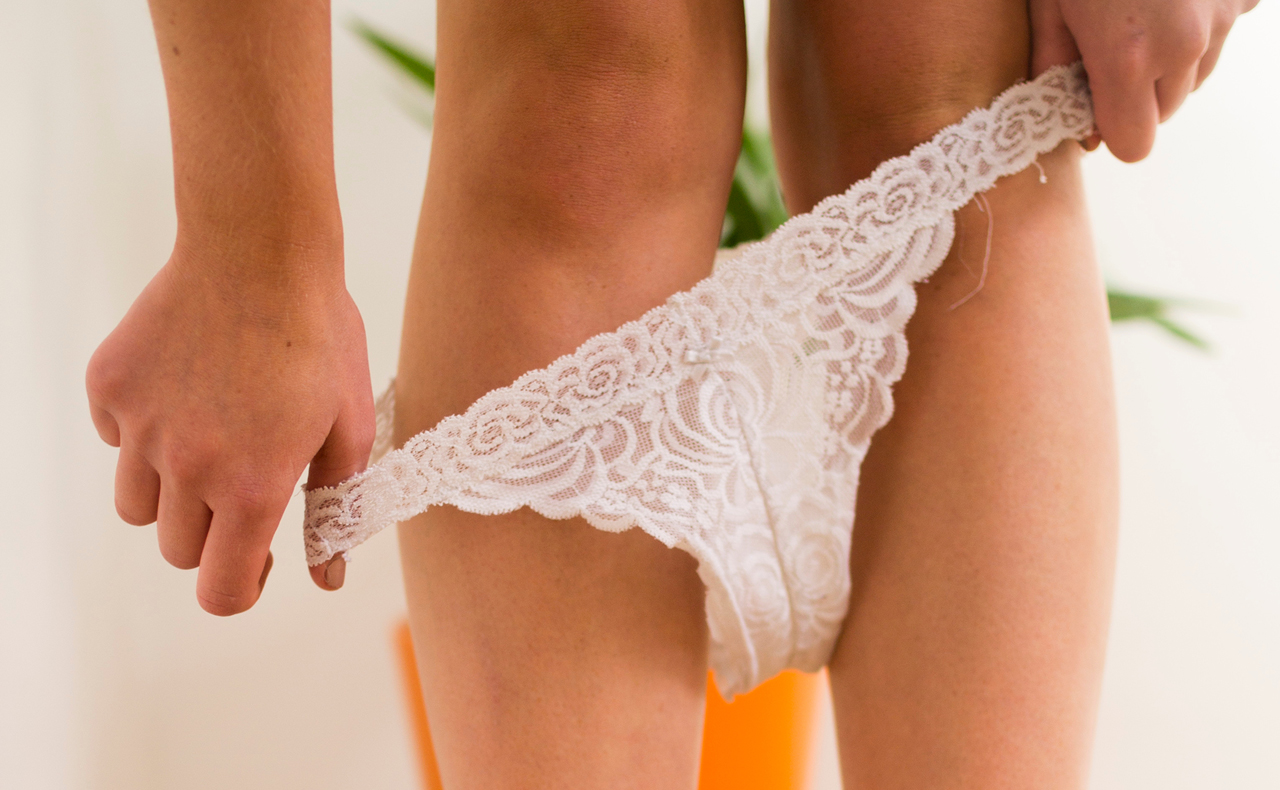Be it a rogue whitehead or cystic acne, blemishes are unavoidable. Knowing what type of pimple you have however is crucial for figuring out exactly how to treat it. See our guide, which will help identify the types of pimples you have, what they mean and the go-to products and pimple remedies for each. You’ll be blemish free in no time!
RELATED: Does eating chocolate cause pimples?
RELATED: 5 ways to cure a pimple, naturally
Blackheads

Blackheads often fly under the radar as they are not inflamed like many other types of pimples. Blackheads (a form of comedone) are formed due to a buildup of sebum and dirt inside the pore and get their name due to the dark colouring, which occurs as a result of the blocked pore being exposed to the air.
While blackheads are not as obvious as a large pus-filled pimple, they can be raised if there is a large amount of build up and dramatically increase the risk of the pore becoming inflamed and infected. Blackheads are extremely common and often arise due to a lack of proper cleansing. They can be best treated with products that feature salicylic acid.
bh loves: philosophy Purity Made Simple Pore Extractor Exfoliating Clay Mask
Whiteheads

The whitehead is likely what comes to mind when you think of a pimple; a white, infected pore. They are similar to blackheads in that they are formed when a pore is clogged with excess sebum, dirt and debris. The main difference, however is that while a blackhead is open and exposed to the air, a whitehead has a thin layer of skin over the infection.
Whiteheads often affect those going through puberty, but can also arise during a fluctuation of hormones that can occur due to stress, pregnancy or drastic dietary changes.
bh loves: Mario Badescu Drying Lotion ($24, mecca.com.au)
Papules

Papules are larger than your day-to-day clogged pores, but are not quite as large, infected or painful as a pustule (explained in the next slide). Papules are the early stages of a pustule pimple and are infected pores that cause a significant amount of swelling and/or inflammation. What differentiates a papule is that there is no pus, no visible pore and they often arise as a cluster of bumps under the surface of the skin.
bh loves: Dermalogica Medibac Special Clearing Booster
Pustules

This kind of pimple falls more on the acne side of the spectrum, than your average black or whitehead. Pustules may appear similar to a white head on the surface, having a white or yellow head, but are infected and inflamed more deeply into the pore. The skin around this type of pimple tends to be tender, this is a result of the white blood cell build up as the body attempts to push out the infection. Pustules can start as papules that become more infected as a result of squeezing or aggravating the skin. Popping a pustule is not recommended, as it opens the skin to infection as well as risking acne scarring.
bh loves: Arcona PM Blemish Lotion ($77, sephora.com.au)
Nodules

Nodules are a type of cystic acne, and one of the most severe forms. Nodules are infections deep under the skin that can cause skin coloured bumps that can become red and inflamed over time. Nodules have the potential to harden and remain under the skin for months, often reappearing in the same spots again and again. Nodules are hard to treat topically and often require prescribed antibiotics to kill the bacteria underneath the skin, however blue LED light has been known to reduce bacteria growth underneath the skin and to have anti-inflammatory properties.
bh loves: Neutrogena Light Therapy Acne Mask





Very clear on what is what
I cleanse my skin regularly, I have an array of different cleansers suitable for a variety of skin issues.
I have keratosis and milia and I find that there are not enough guidance out there as to these types of skin condition